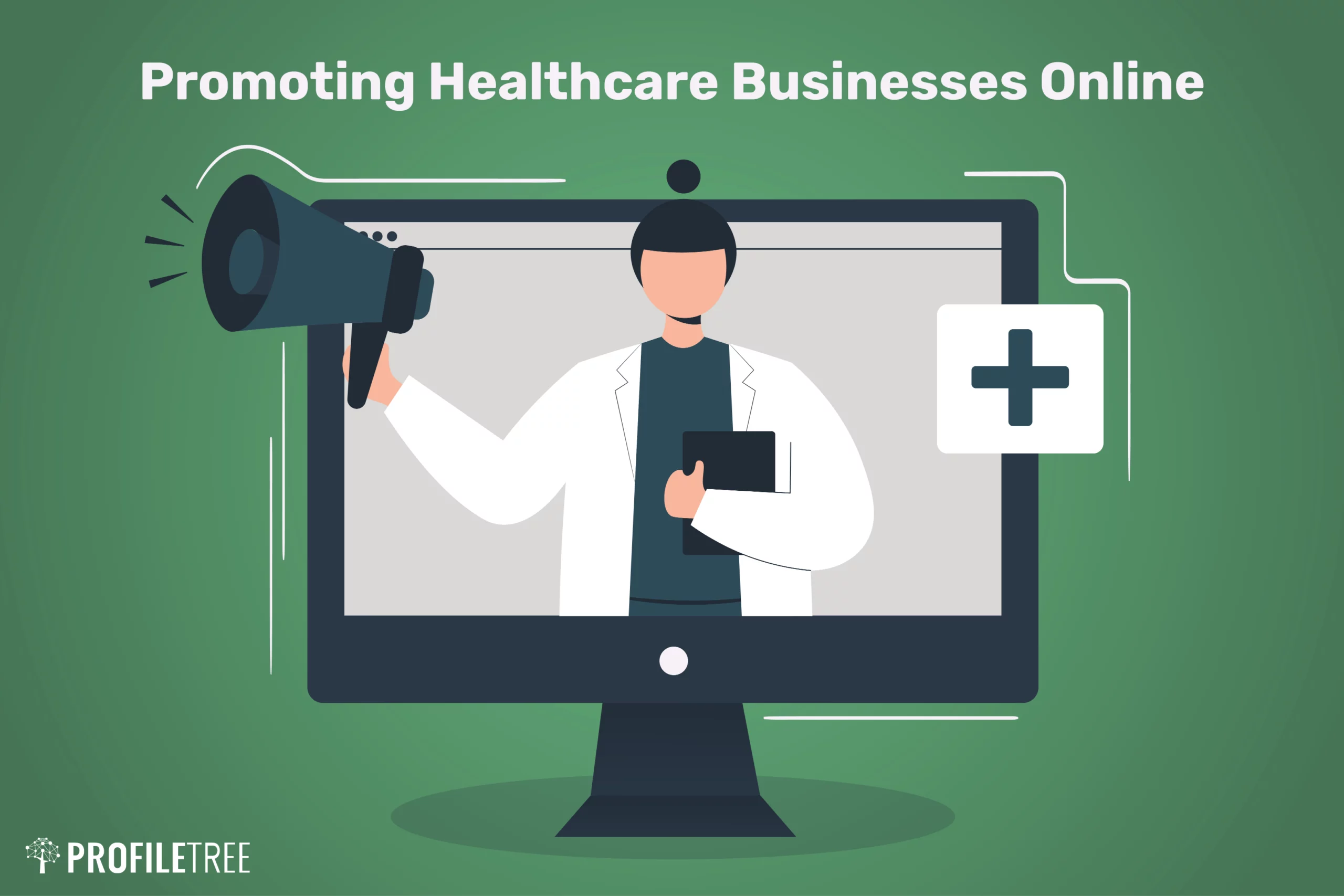How Subscription Based Healthcare is Changing Patient Accessibility to Services
How Subscription Based Healthcare is Changing Patient Accessibility to Services
Blog Article
Comprehending the Cost-Effectiveness of Subscription-Based Medical Care Models
As the medical care landscape advances, subscription-based versions arise as an engaging option, guaranteeing to redefine exactly how individuals manage medical expenditures. Reviewing these models' cost-effectiveness requires a nuanced comparison with conventional insurance, considering both financial effects and person contentment.
Introduction of Subscription-Based Designs
Subscription-based healthcare models, occasionally described as direct primary treatment or attendant medicine, are increasingly obtaining interest as a prospective solution to inadequacies within standard health care systems. These models operate the principle of offering patients straight access to doctor with a annual or month-to-month charge, bypassing the need for typical insurance coverage mechanisms. This setup aims to simplify patient-provider interactions by lowering administrative burdens, which commonly hinder personalized and timely care.
At the core of subscription-based models is the emphasis on an extra customized patient experience. Individuals take advantage of improved accessibility to their doctors, usually including next-day or same-day appointments, prolonged consultation times, and direct interaction channels such as phone or video telephone calls. This model promotes an aggressive approach to health care, where people and companies can collaboratively focus on preventative treatment and persistent disease administration.

Expense Contrast With Typical Insurance

One of the primary economic benefits of membership models is openness in costs. Conversely, standard insurance may be extra useful for individuals calling for specialized care or expensive therapies not covered under a subscription version, as they profit from the wider coverage network and cost-sharing devices.
Nevertheless, cost-effectiveness is context-dependent. While subscription designs may use savings for those largely needing medical care, people with persistent conditions or specialized healthcare requirements may find standard insurance a lot more detailed. For that reason, evaluating specific medical care requirements and possible use is vital in identifying one of the most affordable choice for people.
Effect on Person Complete Satisfaction
Client contentment within subscription-based health care designs usually mirrors a significant improvement over traditional insurance systems. This enhancement is mainly associated to the customized care and availability these designs use. Individuals often report greater fulfillment because of minimized wait times and the ease of scheduling appointments. Unlike traditional systems, where patients could experience hold-ups in getting care, subscription-based models ensure even more timely and direct communications with medical care carriers.
Furthermore, the openness in expenses associated with subscription-based medical care reduces the usual irritations connected to unanticipated charges and intricate invoicing procedures seen in typical insurance coverage (subscription based healthcare). Individuals appreciate understanding the exact financial dedication upfront, causing increased depend on and confidence in their health care monitoring
Furthermore, the focus on preventive care and health in subscription designs adds to improved wellness outcomes, even more boosting patient fulfillment. By concentrating on ongoing health care instead of episodic treatment, people experience a more continual and holistic health find this care trip.
In addition, the enhanced provider-patient connection promoted in these versions, identified by even more time spent per client and individualized focus, plays a crucial role in raising individual contentment degrees, as patients feel genuinely cared for and understood.
Supplier Viewpoints and Experiences
From the carrier's viewpoint, subscription-based healthcare models offer a transformative approach to delivering medical solutions. These versions stress a preventative and aggressive medical care method, permitting suppliers to concentrate on detailed individual care without the constraints of traditional fee-for-service arrangements (subscription based healthcare). This change in emphasis commonly leads to improved patient end results and raised carrier contentment, as health care experts can allocate even more time and sources to client engagement and individualized care plans
In addition, registration models promote predictable revenue streams, which boost monetary stability for medical care suppliers. This predictability enables improved source planning and appropriation, adding to a more reliable health care distribution system. Suppliers can invest in team training, innovation, and framework enhancements, thereby improving the top quality of care used.
Nonetheless, the transition to subscription-based versions is not without difficulties. In spite of these hurdles, several providers discover that the benefits of enhanced individual interaction and streamlined operations exceed the preliminary difficulties, making subscription-based designs an appealing choice.
Future Potential Customers and Difficulties

A main challenge is governing conformity, as subscription versions should comply with progressing healthcare plans and insurance coverage requirements. This requires continuous adjustment and development to make certain positioning with lawful requirements. Additionally, incorporating these models into existing medical care facilities can be intricate, needing substantial investments in modern technology and training.
There is also the possible risk of producing injustices in healthcare accessibility, as subscription designs may prefer those who can afford them, leaving at risk populations underserved. Addressing this calls for thoughtful consideration of prices approaches and subsidy systems to make resource certain inclusivity.
Final Thought
Subscription-based medical care models provide a sensible alternative to conventional insurance policy by offering financial predictability and transparency, especially profiting people with chronic conditions or regular health care demands. The cost-effectiveness of these models is contingent upon individual health care use patterns and conditions. While they might enhance client fulfillment and enhance budgeting, obstacles continue to be in addressing specialized care needs. Future considerations include balancing extensive protection with cost and incorporating these versions within the more comprehensive medical care system for optimum end results.
Subscription-based health care designs, in some cases referred to as direct key treatment or concierge medicine, are increasingly obtaining read the full info here focus as a prospective service to inefficiencies within typical medical care systems. Unlike conventional systems, where clients could experience hold-ups in getting care, subscription-based versions guarantee more direct and timely interactions with healthcare providers.
These versions highlight a proactive and preventative health care strategy, permitting companies to focus on detailed client treatment without the restrictions of traditional fee-for-service plans. As these models proceed to gain grip, they offer the possible to transform person access to care, simplify service distribution, and optimize health care spending.Subscription-based health care versions provide a sensible alternative to standard insurance by using economic predictability and transparency, specifically benefiting individuals with persistent problems or frequent health care demands.
Report this page